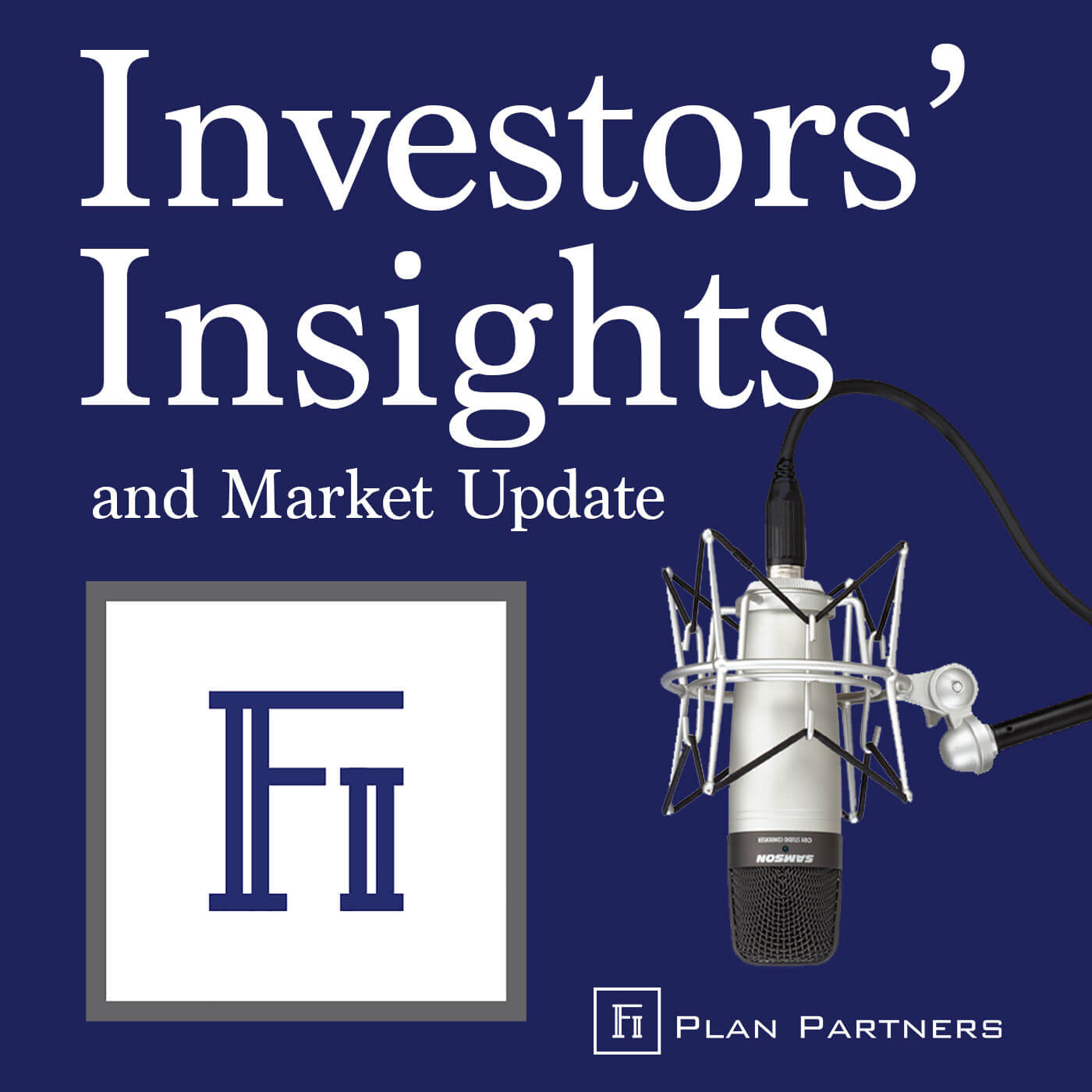- After-Shows
- Alternative
- Animals
- Animation
- Arts
- Astronomy
- Automotive
- Aviation
- Baseball
- Basketball
- Beauty
- Books
- Buddhism
- Business
- Careers
- Chemistry
- Christianity
- Climate
- Comedy
- Commentary
- Courses
- Crafts
- Cricket
- Cryptocurrency
- Culture
- Daily
- Design
- Documentary
- Drama
- Earth
- Education
- Entertainment
- Entrepreneurship
- Family
- Fantasy
- Fashion
- Fiction
- Film
- Fitness
- Food
- Football
- Games
- Garden
- Golf
- Government
- Health
- Hinduism
- History
- Hobbies
- Hockey
- Home
- How-To
- Improv
- Interviews
- Investing
- Islam
- Journals
- Judaism
- Kids
- Language
- Learning
- Leisure
- Life
- Management
- Manga
- Marketing
- Mathematics
- Medicine
- Mental
- Music
- Natural
- Nature
- News
- Non-Profit
- Nutrition
- Parenting
- Performing
- Personal
- Pets
- Philosophy
- Physics
- Places
- Politics
- Relationships
- Religion
- Reviews
- Role-Playing
- Rugby
- Running
- Science
- Self-Improvement
- Sexuality
- Soccer
- Social
- Society
- Spirituality
- Sports
- Stand-Up
- Stories
- Swimming
- TV
- Tabletop
- Technology
- Tennis
- Travel
- True Crime
- Episode-Games
- Visual
- Volleyball
- Weather
- Wilderness
- Wrestling
- Other
September Blues?
History of September Going back to 1950, September has historically been the worst month for the stock market and the only month of the year where both the average and median returns are negative. September also has the lowest positivity rate, meaning only 43.8% of the time is the market up in September. There’s much disagreement around why that is. There’s some thought that when people return from summer vacations, they want to right-size their portfolios; therefore, some trading goes on. There’s also the consideration that people use this time to get their taxes in order ahead of the New Year. There’s a lot of talk about consumer spending picking up as people take money out of the market to pay off any debts from vacation, school, and other things that might come up in the fourth quarter. So, whatever the reason is, it does seem to be consistent and produces lower-than-average returns. Now, this obviously isn’t a guarantee of what will happen, but it seems consistent and something we are watching. Technology We continue to see the impact of higher interest rates on the market. One sector we want to talk about is the technology sector, which has been volatile over the past year. Historically, technology has been a sector that has underperformed in rising-rate environments. During the second half of last year and early this year, the technology sector exhibited a relatively strong inverse correlation to interest rates. Technology stocks traded down as interest rates increased, which was typical behavior in previous market patterns. However, the move in rates from the low threes to the low fours during May-July of this year (based on the 10-year U.S. Treasury yield) was uniquely accompanied by technology strength. So, we saw that technology showed strength despite rising rates due to the enthusiasm around Artificial Intelligence. But, as the enthusiasm around AI started to dissipate in August, we saw the tech sector underperform a bit as rate sensitivity returned. This scenario is one example of how unique the past 12 months have been in the market and how interest rates and artificial intelligence have changed certain aspects of the stock and bond markets. We think this will continue to cause overall market choppiness, especially in the tech sector, and will continue to keep an eye on it. The Consumer The consumer makes up around two-thirds of the economy, so it is important to always pay attention to it. Back-to-school season is a great time to see how the consumers are doing. Around 53% of back-to-school shoppers plan on using debit cards this year compared to 45% last year. Credit card interest rates are up, so it’s interesting to see that many people are choosing to take money straight out of their bank account with a debit card instead of going with the higher interest rate of credit cards and then paying it off. Since January 2020, overall spending is up around 19.5%, especially in the entertainment, retail, and recreation space. Grocery and transportation are only 15% and 13% higher, below the overall average. We’ve talked a lot about inflation with gas and food prices, but overall, grocery and transportation are up quite as much as some other sectors. It is interesting to see how the consumers are doing and adjusting to increased rates and life post-COVID. Bobby Norman, CFP®, AIF®, CEPA® <br /> Managing Director<br /> Wealth Consultant<br /> Email Bobby Norman here Trey Booth, CFA®, AIF®<br /> Chief Investment Officer









